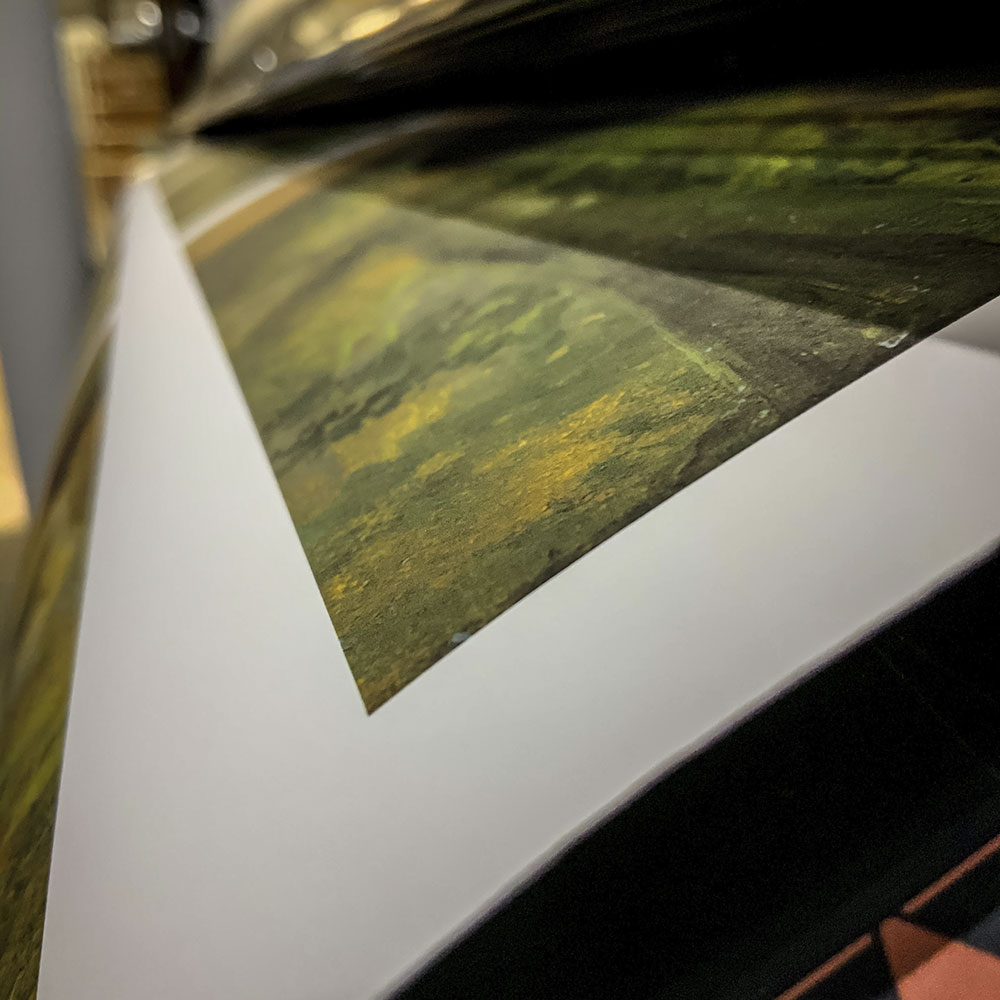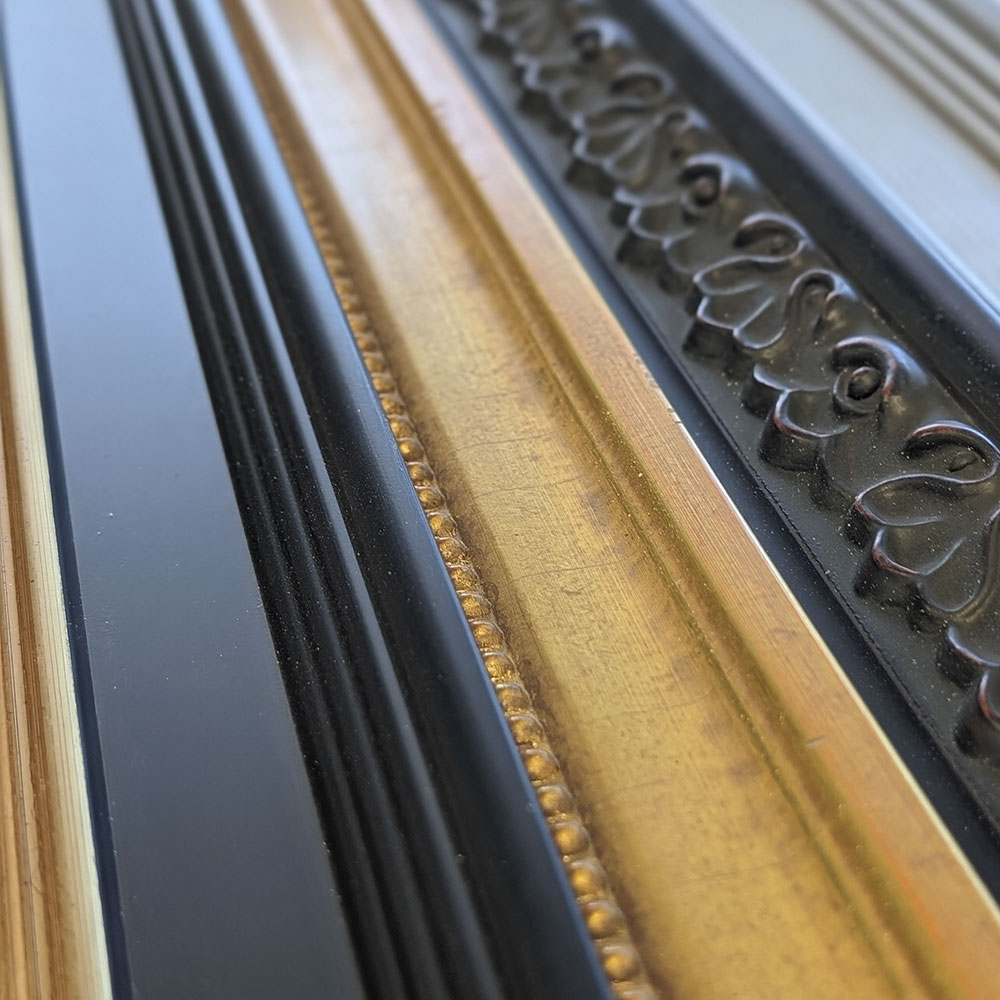Wassily Kandinsky (Russian, later French, 1866-1944), Sketch for "Several Circles", 1926. Oil on paper, laid down on canvas, 27 5/8 x 27 5/8 in (70.17 x 70.17 cm). New Orleans Museum of Art, Gift of Mrs. Edgar B. Stern.
© 2024 Artists Rights Society (ARS), New York.
This study sketch for Kandinsky’s large painting Several Circles was made in Dessau when Kandinsky, influenced by the Bauhaus where he was working and teaching, began experimenting with geometric figures superimposed on dark backgrounds. In Kandinsky's work colored backgrounds became increasingly opaque in the middle of the 1920s as line surrendered to the explicit geometric configuration of the circle. Haloes around the circles, a feature of Kandinsky’s paintings in the middle and late 1920s, serve to separate the circles from the background. The halos lend a spatial quality enhanced by the cloud-like effects of the background and the transparency of intersecting circles. Sketch for Several Circles supports and forms the basis for Kandinsky’s own statement, in which he describes his fascination with the circle and its relation to the cosmos: “... Of the three primary forms… the circle points most clearly to the fourth dimension.


